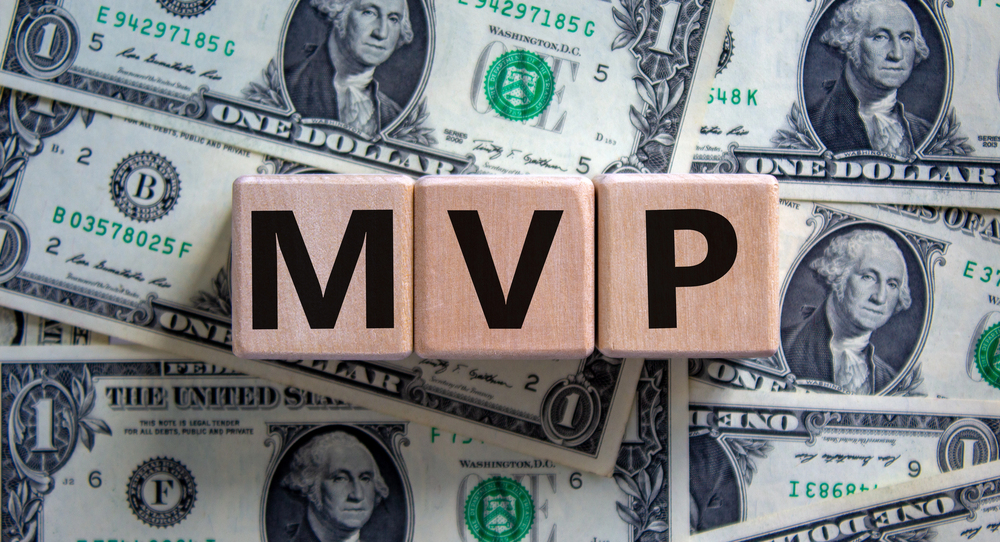
Customer expectations are more specific than ever. Don’t expect a cookie-cutter approach to work when buyers bring in different needs, goals, and usage patterns. That’s where customer segmentation can show the way.
You segregate users based on shared traits such as behavior, industry, or product usage. That helps you create relevant experiences, improve retention, and grow a robust customer base.
The approach applies to all business verticals, and SaaS is not an exception. Segmentation can drive smarter decisions at every stage, whether building your SaaS product from scratch or refining an established one.
Let’s break down how to apply it effectively and see real impact.
What Is Customer Segmentation?
First things first, let’s dig deep and understand what customer segmentation is about. It is about splitting your users into smaller groups based on a few common denominators.
These could be their location, behavior, or even how they use your product.
Instead of blasting the same message or building features for “everyone,” you tailor your communication to fit each group’s needs.
Customer segmentation lets SaaS companies create more personal experiences for different users. The method helps keep customers engaged and coming back.
Why Customer Segmentation Matters in SaaS
With the SaaS segment being more competitive than ever, personalization isn’t a nice-to-have anymore; it’s something you must offer. Here’s why smart segmentation pays off:
Better Product Fit
You can build features that match what each group needs.
Lower Churn
People stick around longer when they feel your product “gets” them.
Higher ROI on Marketing
Targeted campaigns are cheaper and more effective.
Smarter Sales Strategy
Knowing who’s likely to spend more helps you categorize better.
Sifted says that SaaS companies are now leaning into “hybrid growth” models. Segmentation is more important than ever when deciding which customer route to take.
Segmentation in the Real World
According to Verified Market Research, the global SaaS CRM market alone is expected to reach $156.98 billion by 2031, growing at nearly 13% annually.
With more players in the market, customer retention becomes critical, and segmentation is one of your best tools for keeping users happy and loyal.
Analyze the Data
Forbes notes, “Companies that analyze customer behavior by segment see more meaningful improvements and faster iteration cycles”.
It’s not just about who’s buying; it’s about who’s growing, engaging, and driving your product forward. PayPro Global suggests systematically collecting data via customer touchpoints.
Pricing Model
AI is shaking up how SaaS companies price their products. Instead of charging per user, more companies are exploring usage-based pricing and a subscription management model.
However, this platform for selling SaaS demands a thorough knowledge of how different segments use your product. For example, if you know Segment A uses 3x more resources than Segment B, you can price accordingly and fairly, thereby increasing revenue streams.
Step-By-Step Guide on Customer Segmentation
Step 1
Start by checking your CRM, analytics tools, and product usage data. You can also add quick in-app surveys to ask users about their goals or details about their company.
Step 2
Look at your data and see if you can spot any patterns. Are some types of customers churning faster than others? Are there certain groups that stick around longer or tend to upgrade? Use those insights to shape your main customer segments.
Step 3
Once you’ve got your segments, adjust your strategies. That could mean:
- Customized onboarding flows for different roles.
- Feature announcements based on past usage.
- Pricing is tailored to usage patterns or company size.
Step 4
Your customers change, and so does your product. Make it a habit to check in regularly and adjust your segments and strategies as needed.
Main Types of Segmentation
- Demographic segmentation entails job titles, age ranges, or company roles. For SaaS, this is often who the user is within their company, like a product manager versus a C-suite exec. Different personas equal different needs.
- Geographic refers to location. If you serve customers across different regions, tailoring your message to fit cultural or legal norms makes a big difference.
- Behavioral is the most valuable for SaaS. Group users based on their interactions with your app, the features they use, login frequency, or whether they’ve completed onboarding.
- If you are a B2B business, firmographic is gold. Firmographics include company size, industry, and revenue.
- Technographic digs into what tools your customers use. It helps with integrations and partnerships.
Not all customers bring the same value. Some pay more, stay longer, or refer others. Identifying high-LTV (lifetime value) users helps you double down on what’s working.
What Customers Want
You don’t need a huge team or fancy AI to get started. Even basic segmentation, such as separating trial users from paying customers, can help you fine-tune your emails, build better features, and accelerate growth.
If you are serious about scaling your SaaS product, do yourself a favor and start segmenting. It’s like having a roadmap to what your users want.
Find a Home-Based Business to Start-Up >>> Hundreds of Business Listings.
















































